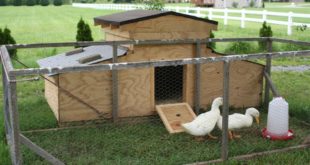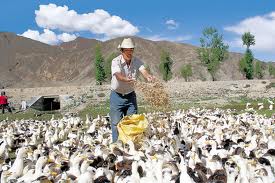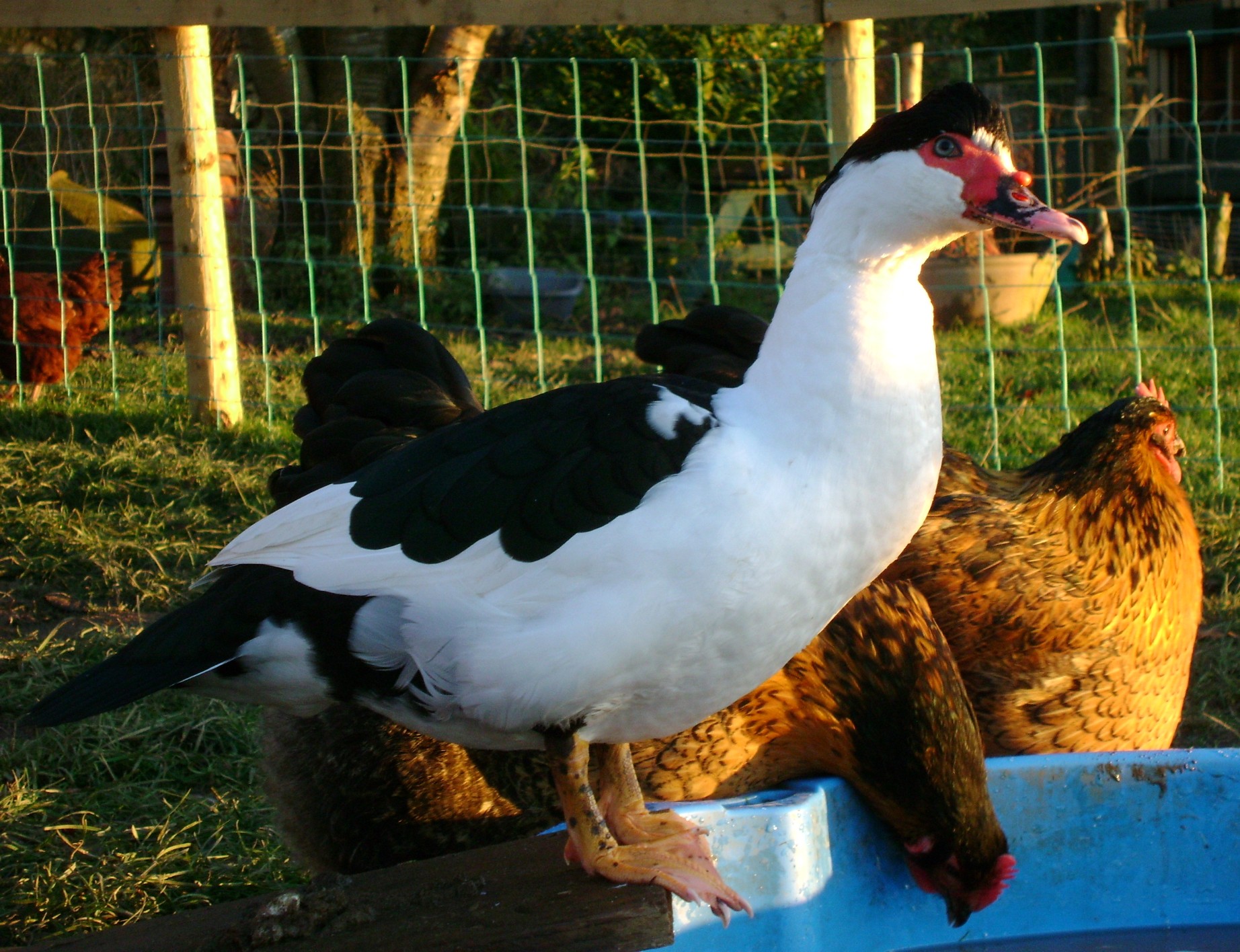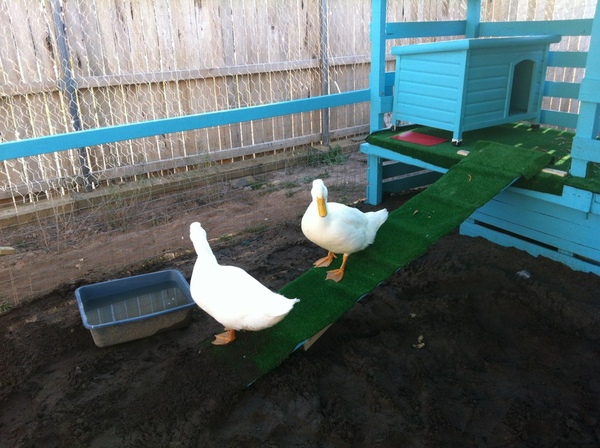Coming up with your own duck house plans and building a duck house on your own is easier and more affordable than you might imagine. As long as you provide your ducks with their basic needs like shelter, food, drinking water and a safe space to protect them from predators, they will be happy in their new home. As these …
Read More »Ducks
Brooding And Raising Of Ducks
Brooding (0 to 4 Weeks) The ducklings can be brooded on wire floor, litter or batteries with brooding period upto 3 to 4 weeks. They require slightly low temperature of 31°C in first week. Further it is reduced by 3°C each week upto 24°C and kept constant. A usual method is to house ducklings on litter in long narrow house …
Read More »Caring and Raising Ducklings
Are you contemplating about raising these cute little darlings or how to take care of ducks? At times of the Easter Season, these ducklings do find their way into the beautiful gift baskets. For the purpose of caring and raising ducklings, you should always have all sorts of information about ducks. In comparison to other birds, the ducklings are relatively …
Read More »Raising Chicken And Duck Together
Ducks vs chicken and chicken vs ducks. Even though ducks and chickens are a lot a like in some ways, they are also very different in others, and it is this difference that does prompt the question of is it wise to be keeping ducks with chicken? Well, the answer to this question does vary in response, and it also …
Read More »Housing of ducks-considerations for building duck pen
If you have ducks as pet, you will need to take proper care of them while examining their way of living. Ducks need to have a secure place where they can live and can be safe from any predators and it is easy to clean their housing area. Ducks do not prefer spending time inside their housing area as they …
Read More »



